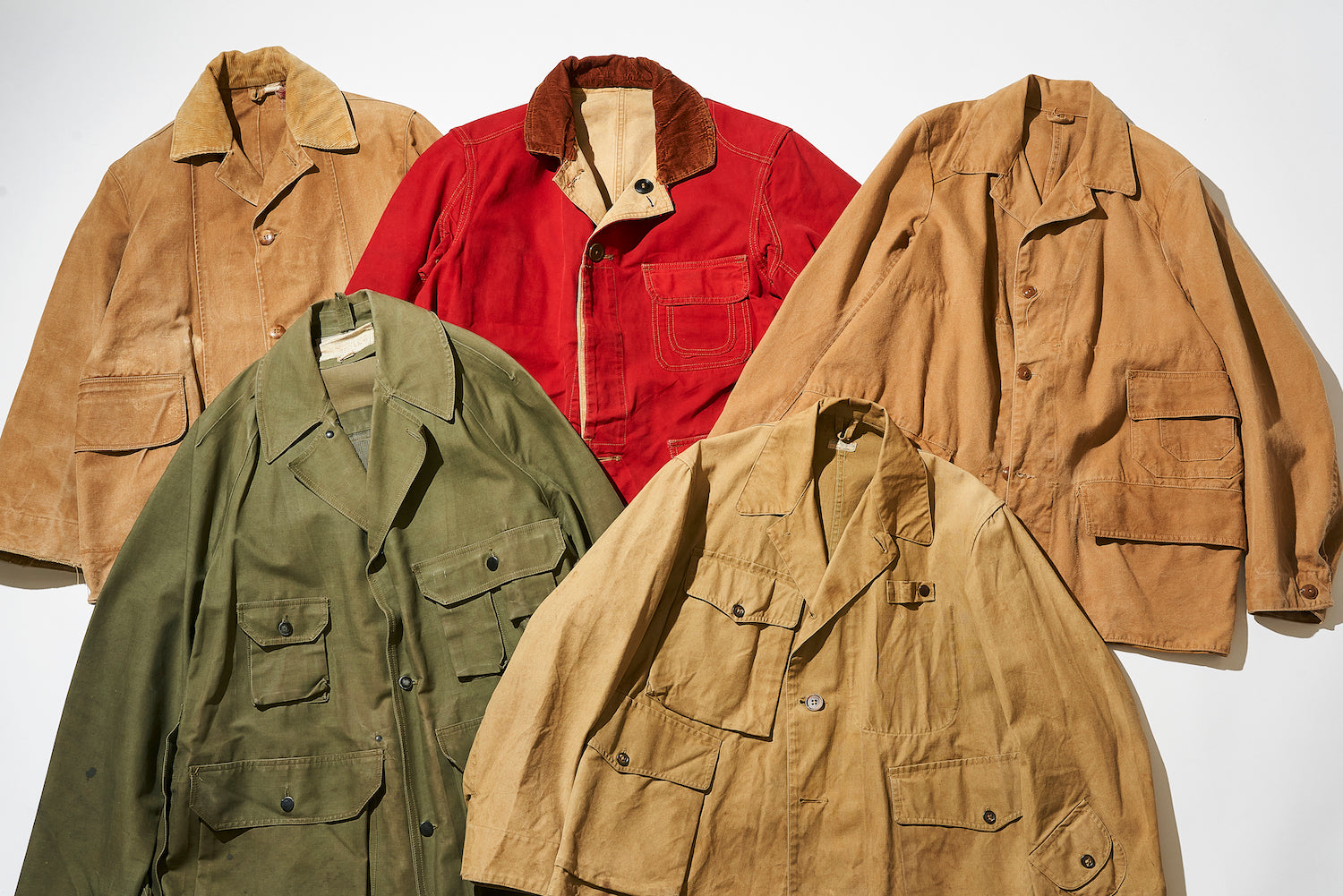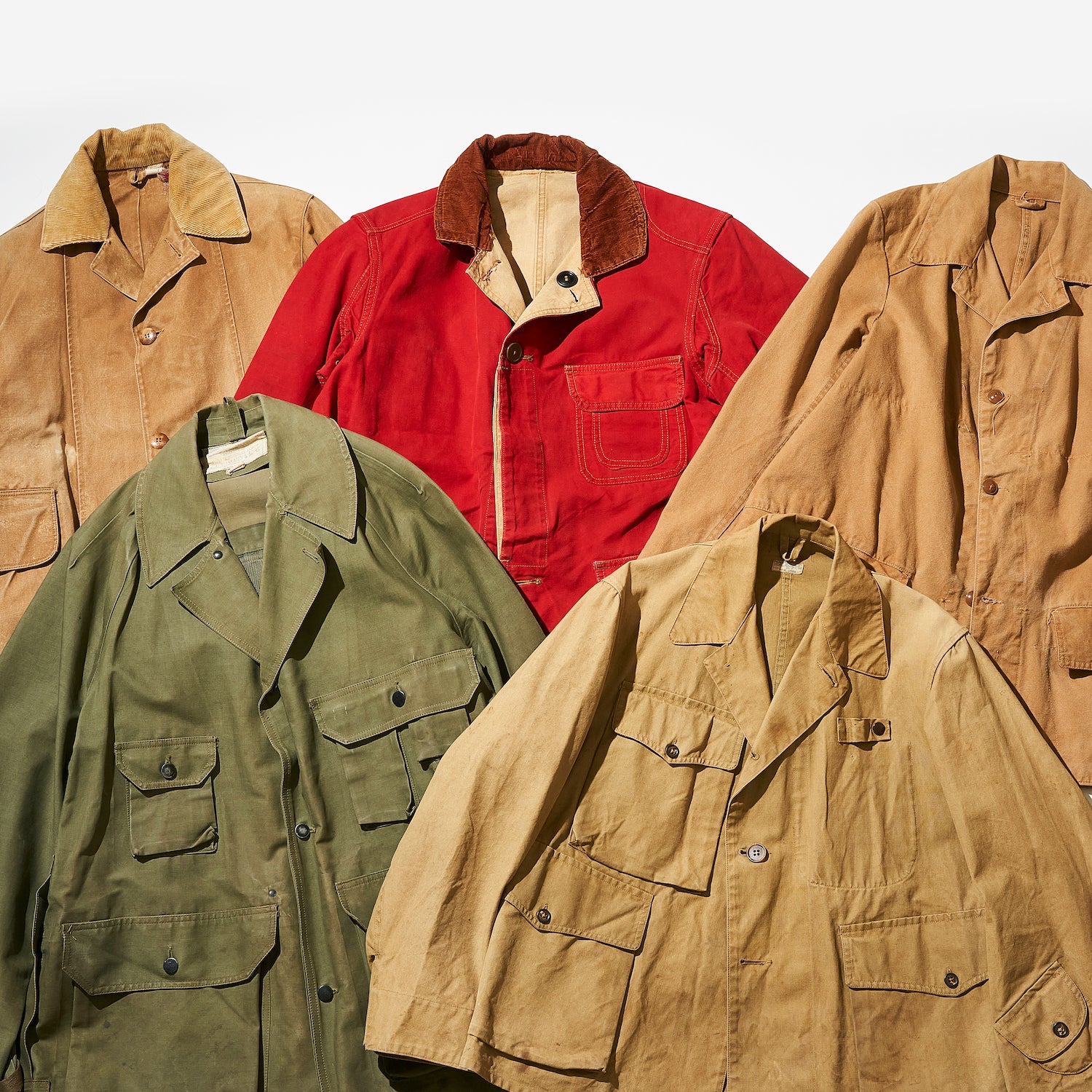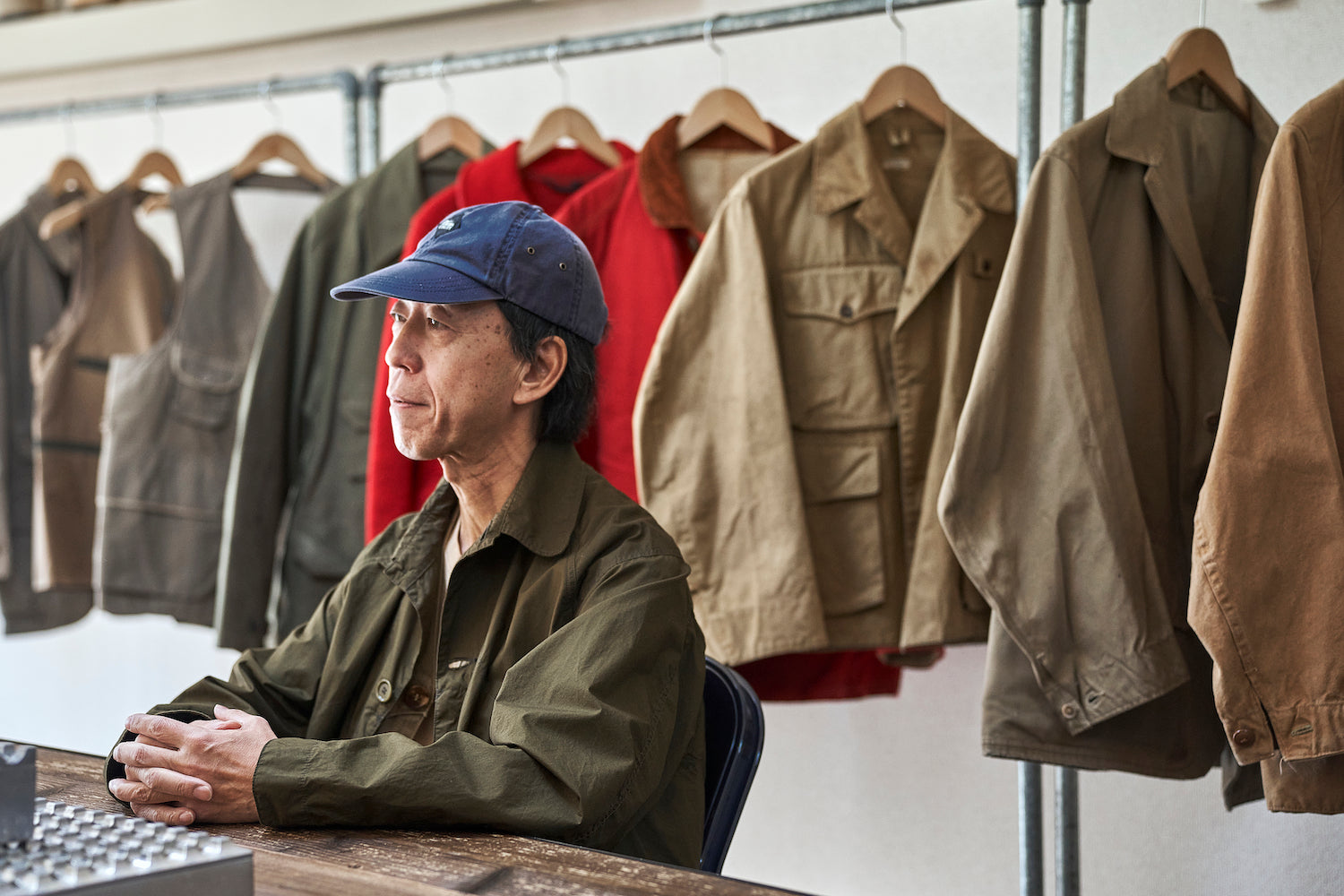Vintage Clothing Prep School Lesson 4: A pre-war hunting jacket that will impress you with its ingenious design and luxurious construction.
Lecturer: Hideaki Nishi




The Corona Utility Designer
Born in Kumamoto Prefecture in 1963, he moved to the US in 1986 and built a career as a vintage importer in New York. In the early 1990s, he worked with Takeshi Obuchi and participated in POST O'ALLS, which was launched in 1993. After working with the brand for many years, he returned to Japan in 2001 and launched his own brand, THE CORONA UTILITY, in 2006, developing collections inspired by hunting, work and military garments from the past that are not part of fashion.
Instagram: @thecoronautility
Speaking of hunting, doesn't it evoke a strong sense of the establishment atmosphere that is unique to the East Coast, such as New England, the starting point of American development by immigrants from Britain?
I do think that the East Coast is a particularly popular area. However, it is different from the hobby of the privileged class in Europe, and I think that in America it was positioned as a more competitive sport. I don't hunt myself, and I was based in New York at the time, so I don't know much about other areas, but at least on the East Coast, I think that it is a field sport that is still rooted in culture, not just among the upper class.

This article is exclusive to monthly members
To read more
All articles are free to read. All content is free during the trial period.
Buy a Monthly Membership Log in